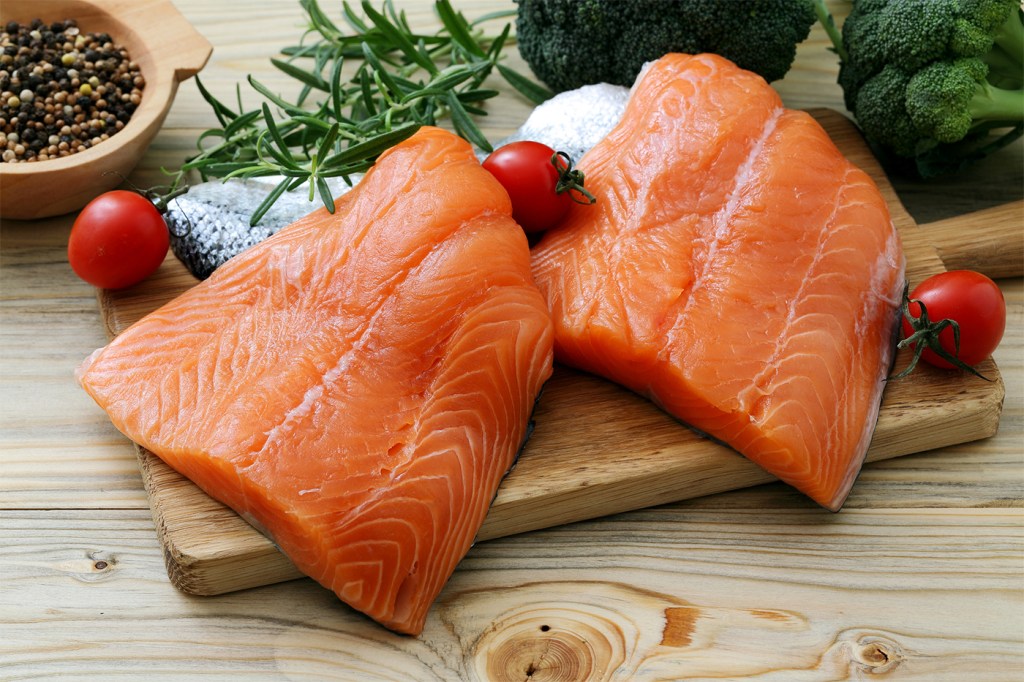New York authorities and Ocean Genome Legacy Center investigate fish mislabeling, revealing fakes

An investigation by the New York State attorney general’s office and Northeastern’s Ocean Genome Legacy Center has shown that species are misidentified in more than a quarter of the fish sold at New York grocery stores.
In most cases, the mislabeling resulted in a cheaper fish being sold as a more expensive one.
The report, released on Friday, was the result of a year-long inquiry that began in late 2017. Investigators purchased fish at 155 locations across the state, recording their labels and price, and shipped samples of each purchase to the Ocean Genome Legacy Center to determine the true species.
“This doesn’t only harm the consumer’s pocketbook,” said Daniel Distel, director of the center. The substitute fish may be caught using less sustainable practices, be more likely to have contaminants in their meat, or cause gastrointestinal problems for some people. “And if you don’t know what’s being caught and being sold, it’s really hard to manage fisheries sustainably.”

Dan Distel is the executive director of the Ocean Genome Legacy at the Marine Science Center in Nahant, Massachusetts.
For some species, more than half the fish purchased by the attorney general’s office were mislabeled. By these numbers, a customer purchasing lemon sole, red snapper, or grouper is more likely to be getting a different species than the real thing. But after helping with the whole process, Distel wasn’t surprised by the results.
“Having been involved in all of these analyses, I have to say it’s a bit surprising that there isn’t more,” said Distel, who is also a research professor at Northeastern’s Marine Science Center. “A lot of mislabeling is clearly intentional, but there is probably plenty of unintentional mislabeling, too. The rules are hard to follow and they’re not terribly biologically consistent.”
While some stores are intentionally taking advantage of the confusion to cheat their customers, others might be simply making mistakes.
“Fish are one of the most highly traded food commodities on Earth,” Distel said. “There are so many species, so many market names. On top of market names, you have common names, and vernacular names. It can be very confusing.”
For example, according to the Food and Drug Administration, the only fish that can be sold as red snapper is Lutjanus campechanus, which is caught in the Gulf of Mexico and along the Atlantic coast of the United States. But in South America, ‘red snapper’ refers to Lutjanus purpureus, and several other species around the world also use the name.
“It’s not easy to know how to properly label,” Distel said. “I think the mislabeling runs from the egregious to the pretty easily understood accidents.”
Some grocery stores in New York fared better than others in the attorney general’s investigation. The report complimented the Hannaford chain for having no mislabeled fish, and identified five chains suspected of mislabeling more than half their fish. Those companies are being investigated for consumer fraud.
The report recommends best practices for store managers to make sure they aren’t making mistakes in their labeling. But to find a lasting solution to the problem, we need faster, on-the-spot genetic analysis, Distel said. The current FDA-approved method of identification requires that samples be sent to a lab, where they can be analyzed and compared to the FDA’s database of fish species. Doing this regularly would be expensive, and would require sellers to hold fish for several days waiting for lab results.
The Ocean Genome Legacy Center is working to provide the necessary resources to improve this technology. Researchers are compiling a publicly accessible catalog of DNA to be used as a reference point, and working directly with companies to develop tests that can be done at the dock in a matter of hours, instead of days.
“DNA-based methods have the potential to greatly simplify the situation, if the regulators are willing to take these tests into consideration,” Distel said. “It has the potential to greatly reduce mislabeling and to bring more transparency, sustainability, and safety to seafood marketing.”
For media inquiries, please contact media@northeastern.edu.





